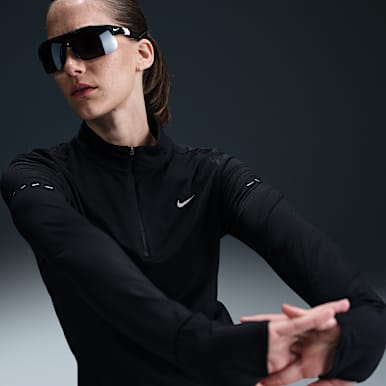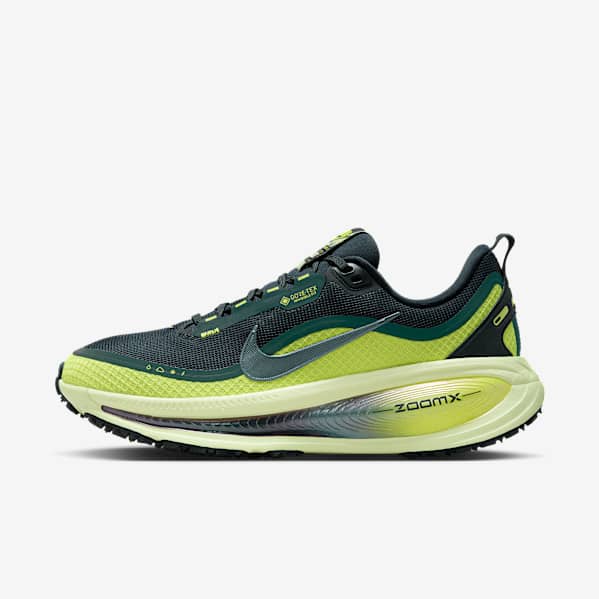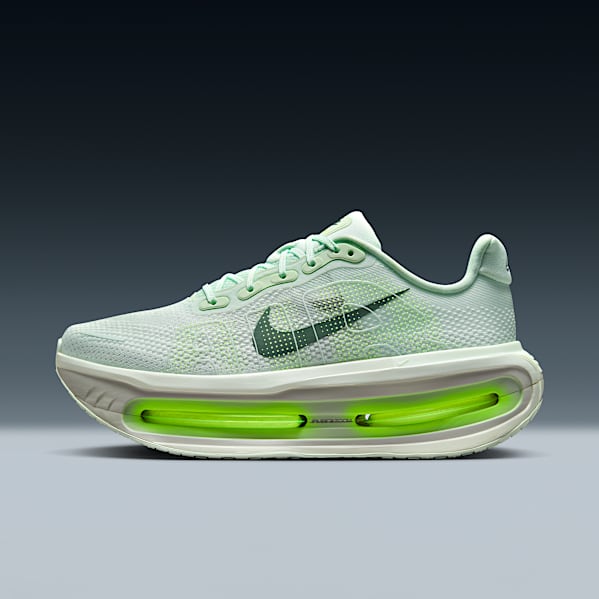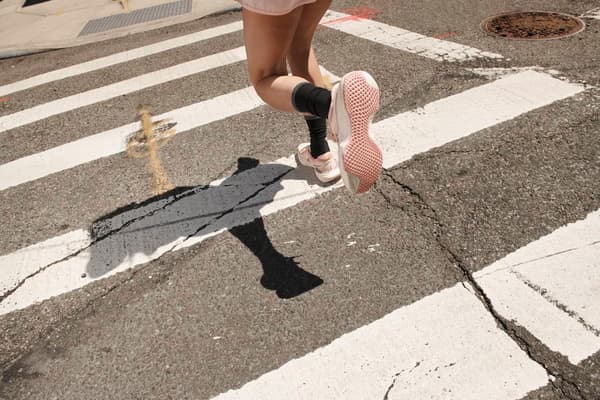Don't miss the last day to order. Learn More.
How to Breathe Whilst Running
Sport & Activity
Much like running itself, there's a technique to breathing whilst running. If you find yourself breathless but are physically energised, it's a sign you may need to adjust your breathing pattern.
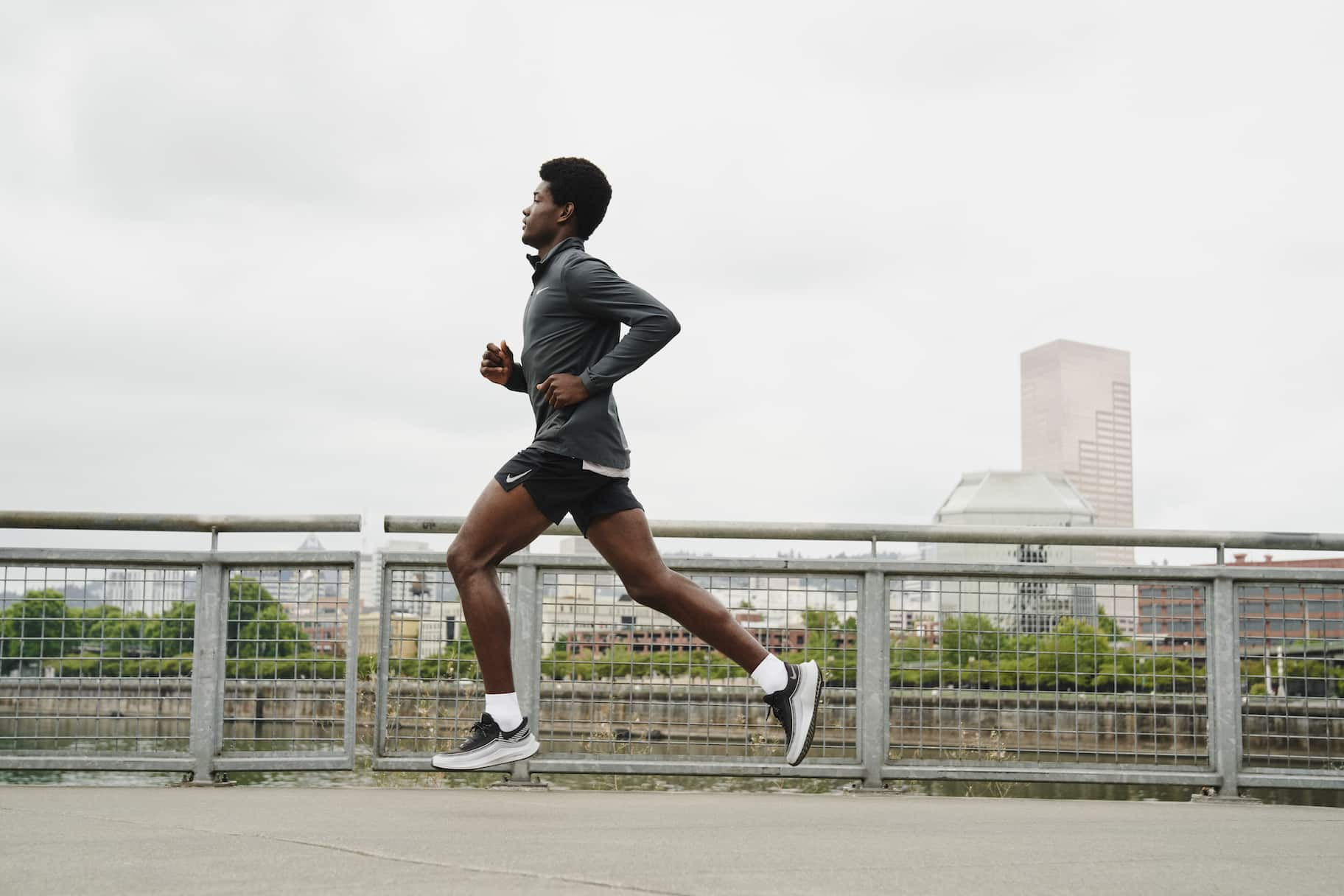
Our breath is powerful. Different breath patterns can alter your state of being. That's why during meditation and yoga, you are encouraged to take longer, deeper, slower breaths. It actually calms your nervous system and shifts you into a parasympathetic state—in other words ready to 'rest and digest'. This enables you to connect with your body in the present moment and combat stress.
Then there's the type of breathing you practise on a run. Some runners get into a meditative state whilst running. Their breathing is steady and constant. They get into the flow of the run and may feel like they can continue forever. That's the goal. But for a lot of beginners, huffing and puffing soon into a run is often the obstacle that prevents them from going the distance.
Interestingly, it's common for beginners to say, 'I'm not tired, I'm just out of breath!' Could that be a sign of lower cardiorespiratory fitness? In part. But there's more to it. There's a technique to breathing whilst running, much like there is a technique to running itself. You want to run with your chest up, engaging your core and gazing ahead. You want to power your arms at your side and land on the balls of your feet.
The correct running form is talked about often, but the correct breathing form for running isn't. So how can you control your breathing whilst running? What's the best way to breathe whilst running?
Why Does Your Breathing Rate Increase Whilst Running?
When you inhale, you breathe in air. This air enters your lungs, and oxygen from that air enters your blood. Then, carbon dioxide, a waste product from energy production, enters the lungs from the blood and is breathed out when you exhale. The oxygenated blood travels around your body to your working muscles. These are the basics of gas exchange, but it's helpful to understand when considering the importance of breathing whilst running.
When you exercise, your muscles are working hard. The oxygen that is sent to your muscles is used to convert glucose into something called adenosine triphosphate (ATP). ATP is the energy source that fuels the movement of contractions in working muscles. This creates a higher demand for oxygen, and it also increases the production of carbon dioxide. To keep up, your breathing rate increases to bring in more oxygen for your muscles.
You might assume that breathing more quickly helps to draw in more oxygen. But this isn't actually the case.
Why Is It Important to Know How to Breathe Whilst Running?
Quick, shallow breathing causes the body to offload more carbon dioxide. This makes it harder for the cells to be oxygenated. This type of rapid chest breathing doesn't draw in enough oxygen-rich breath, so your muscles run out of oxygen. Without enough oxygen, the available glucose in the working muscles is converted to lactic acid. As a result, your muscles cramp, you might get a side stitch and you start to feel exhausted.
It's normal for your breathing rate to increase whilst running. But if you start rapid, shallow breathing, it'll only be so long before you have to take a few minutes to catch your breath. Even after your run, you'll be short of breath, despite not feeling like you worked very hard.
This is more of a concern for beginner runners, partly because your muscles are still learning to utilise oxygen efficiently. Regular exercise increases muscle function, requiring less oxygen and producing less carbon dioxide with every contraction. This reduces the amount of air you need to inhale and exhale to do the work.
The more you exercise, the stronger your heart and lung function will be. This can be measured by taking your VO2 max, also known as maximal oxygen consumption. Experienced runners have a higher VO2 max, an indicator that their body is using oxygen more efficiently and they have enhanced lung capacity. Plus, they are more likely to have mastered the art of rhythmic breathing.
Ultimately, controlled and rhythmic breathing is the best way to breathe whilst running. Here are a few types of breath you can practise on your next run.
The Best Way to Breathe Whilst Running
1.Nasal Breathing
The nose is designed for the intake of air. The nasal passages filter out foreign bodies and warm the air on its journey to your lungs. This can be helpful for runners with asthma, which can be triggered by dry and cold air entering the lungs. Nose breathing whilst running allows more oxygen into the muscle cells than mouth breathing. This is due to the release of nitric oxide. It expands blood vessels in the lungs, increasing the efficiency of gas exchange.
A study published in the International Journal of Kinesiology and Sports Science compared nasal to oral breathing in a group of runners. Those who practised nasal breathing expelled more carbon dioxide and less oxygen, an indication that the maximum oxygen is being absorbed in the bloodstream. The rate of breathing was also slower: 39.2 breaths per minute vs. 49.4 breaths per minute in the mouth-breathing group.
How to Nasal Breathe Whilst Running:
- First, set your running pace.
- Then, inhale through the nose for a count of two.
- Exhale through the nose for a count of two.
- The inhale/exhale counts may be longer depending on your pace. The goal is to align your stride with your breathing. For example, inhale when your right foot hits the ground, exhale when the left foot hits the ground.
When is Nasal Breathing Used?
Nasal breathing is best used when runners have a steady pace for longer distances. Long-distance or marathon runners that are used to maintaining a pace with a lower heart rate are better suited to nasal breathing.
2.Mouth Breathing
Breathing in and out through your mouth might be most comfortable to you whilst running. The benefit of breathing through the mouth is you are able to take bigger breaths than if you breathe through your nose. During intense exercise, this can give you a feeling of relief.
But if you're mouth breathing when running, make sure you avoid shallow breaths. Aim to take deep breaths that reach your diaphragm.
When is Mouth Breathing Used?
If you have congestion in your nose, mouth breathing is a suitable alternative. For some types of running, like sprints or high-intensity interval training, mouth breathing might be a natural shift. You naturally want to intake more air, and the mouth can do that.
A study examined the effects of mouth breathing vs. nasal breathing during high-intensity anaerobic exercise. The researchers found that the respiratory exchange ratio, a measure of your oxidative capacity, was higher in the group who practised mouth breathing. That supports the use of mouth breathing at a higher running intensity.
3.Diaphragmatic Mouth and Nose Breathing
The most common way to breathe during a run is to breathe in through the nose all the way to your diaphragm, and out through the mouth. It's the type of breath that is often recommended in yoga, because it has an array of benefits connected to performance. Diaphragmatic, or belly breathing, encourages full oxygen exchange which is linked to:
- Lower cortisol levels (the stress hormone)
- Lower blood pressure
- Better core activation
- Increased lung capacity
How to Do Diaphragmatic Breathing Whilst Running:
There are various ways to use this type of breathing to improve running performance.
To Warm Up for a Run:
- Prior to your run, start by inhaling through the nose, taking deep belly breaths up to a count of seven.
- Forcefully breathe out through the mouth until you have expelled all the air in your body.
This breath will warm up and activate your core to prepare for the run.
To Recover from a Run: 4–7–8 Breathing Technique
- Lay on your back or sit in a comfortable upright position.
- Inhale slowly through your nose for a count of four, letting your belly rise fully as if you are filling up a balloon.
- Hold the air in your lungs up to a count of seven.
- Exhale through the mouth for a count of eight.
This breathing exercise will calm your nervous system and enhance exercise recovery.
Whilst Running:
- Inhale through your nose for a count of three.
- Exhale through your mouth for a count of five.
- This may be adjusted to align with your stride. The goal is to achieve controlled, rhythmic breathing.







